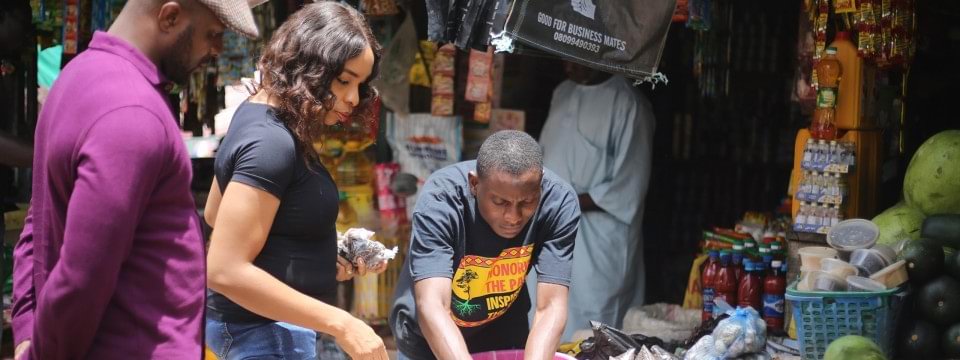Polio/post-polio
Polio is an infectious disease caused by the polio virus. The polio virus predominantly attacks the central nervous system (brain and/or spinal cord). Paralysis occurs with 0.1% of all infections.
Causes
The infection is caused by ingesting infected foods. This is how the virus enters the mouth and pharyngeal cavity. From here it spreads to the intestines, where it multiplies and is finally excreted with the faeces.
The incubation period (time from the infection to the onset of illness) is around 6 to 10 days. When the infection stops at this stage, one speaks of asymptomatic or abortive polio. This is the case in around 4 to 8% of all infected individuals.
Symptoms
Non-specific symptoms which may also occur with other virus infections are seen in the early stages of the illness: nausea, headaches, fever and possibly diarrhoea. In about 1% of all polio infections, the virus perforates the barrier of the intestinal tract and penetrates into the spinal cord and brain via the bloodstream. This also leads to a non-paralytic form of poliomyelitis that manifests itself through pain in the head, neck and back. With only about 0.1% of all infections, the nerve cells in the spinal cord and/or brain are attacked by the virus directly. This is the paralytic form since paralysis occurs in these cases.
The symptoms of polio, long-term consequences/post-polio syndrome are:
- A general lack of strength and endurance
- Extreme fatigue
- Difficulty breathing and swallowing
- Intolerance to cold
- Pain in the muscles and/or joints
- Increased muscle weakness/muscle pain
- Decrease in muscle mass (muscle atrophy)
- Increasing joint instability/joint deformities
- Cramping
- Muscle twitching (fasciculation)
- Changes in gait pattern and/or an increased tendency to fall
Therapy
Since no causative antiviral therapy exists, treatment is limited to symptomatic measures. These include bed rest with careful nursing, correct positioning and physical therapy. In addition to adequate physiotherapy, follow-up treatment also includes fittings with orthopaedic devices such as orthoses. An improvement in mobility can thereby be achieved after the acute illness.
Products

Unilateral joint system
The unilateral joint system provides an integrated solution in case of paresis or paralysis of the leg musculature.

The new C-Brace®
The new C-Brace® ‒ taking you further. The C-Brace® is the world’s only orthotronic mobility system that uses sensor technology to control both the stance and swing phase. The user is supported in real time during every walking phase
The products shown are fitting examples. Whether a product is actually suitable for you and whether you are capable of exploiting the functionality of the product to its fullest depends on many different factors. Amongst others, your physical condition, fitness and a detailed medical examination are key. Your doctor or orthopaedic technician will also decide which fitting is most suited to you. We are happy to support you.

